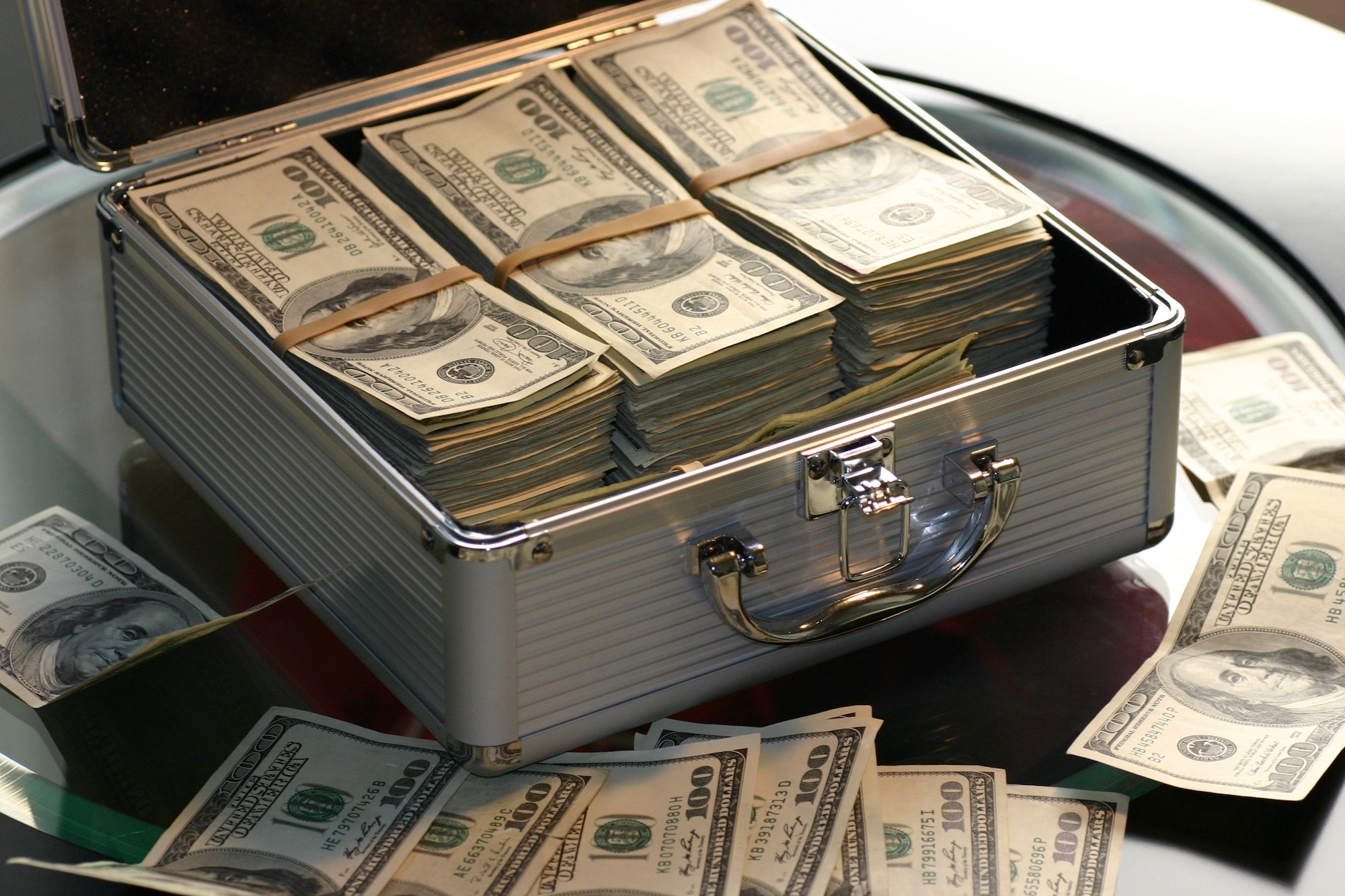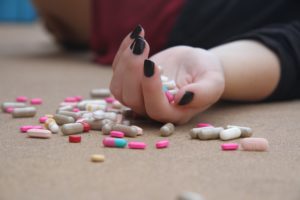Money, Pharma and Illicit Drugs

There is no way to know exactly how much money circulates through and as a result of the pharmaceutical industry. Similarly, it’s impossible to know, for sure, how much money is generated from illicit drug sales, and other profits for the industry. Despite Big Pharma being required to report their earnings, every single penny can’t be counted any more than it can be possible to count money from patients met at private parties, the amount of legally-obtained drugs that are simply given away to friends and family, or the amount of cough syrup purchased to mix into drinks. What about the rehabilitation industry? Though rehabilitation can be billed as a healthcare service, it’s proximity to the illegal drug industry is so close that if illegal drugs were to suddenly disappear, so would possibly the largest part of the industry. Granted, it’s possible that this could mean better health in the country, but with so many people addicted to legal drugs, it could also be a matter of time before there is a new prescription drug addiction crisis.
What makes the count even more difficult is legal drugs, like alcohol, tobacco, and occasionally, marijuana. All three are addictive, and alcohol and tobacco have long been considered public health concerns, but they’re neither illegal, nor medicinal. Alcohol can be produced illegally, but without it happening in the United States with the frequency that has historically occurred, there’s no way to know how much alcohol earns every year.
And where, as we calculate the amount of money circulating through the illegal drug market, do we place the over one trillion dollars spent as part of the War on Drugs? Strange though this might seem, counting it as part of the money circulating through the illegal drug markets makes sense because, just as with rehab, the spending hinges on the existence of the illicit drug industry, as well as it’s pervasiveness in any given area.
There are very few groups of people in the United States who completely avoid drinking and drugs, and regardless, no one is immune to addiction. Living a risky lifestyle will increase your chances of addiction, but alcoholics can be made of long, boring nights and a bottle of liquor. For so many victims of drug and alcohol addiction, this started innocently, and developed into something that consumed them, and the amount of money spent on funeral expenses also has not been calculated within the amount of money spent on or because of drugs.
The sweeping market for drugs all over the world swallows the GDP of many countries combined. Humans, overall, it seems, really enjoy their drugs. Alcohol, of course, is the most commonly-abused drug in the world, with almost three and a half million people dying of alcohol-related causes globally every year. Opioid overdoses kill around 200,000 people globally per year. Both sides of medicine are easily worth hundreds of billions of dollars (or nearly two trillion, if we’re also counting spending for the War on Drugs), and the piles of broken hearts that have followed the rise of both sides of drugs grows larger and larger.
Where is the Wealth?
 In medicine, the biggest cash cow is insurance dollars. Financial incentives exist all over the industry to write prescriptions in favor of certain drugs and their long list of claims. It’s even the case that doctors who write more of some prescriptions, will receive more cash for referring drug companies to patients. Obviously, there are some benefits to this: people living with chronic conditions can access new and better medication through the doctors who may have new medicinal therapies. From there, a patient’s insurance would be expected to bring the cost of the drug down to a fixed price point that is more affordable for the patient, and the pharmaceutical company is paid out by the insurance. Doctors, too, receive much of their salary from patient insurance dollars, as some private practice GPs can charge up to $100 for an appointment.
In medicine, the biggest cash cow is insurance dollars. Financial incentives exist all over the industry to write prescriptions in favor of certain drugs and their long list of claims. It’s even the case that doctors who write more of some prescriptions, will receive more cash for referring drug companies to patients. Obviously, there are some benefits to this: people living with chronic conditions can access new and better medication through the doctors who may have new medicinal therapies. From there, a patient’s insurance would be expected to bring the cost of the drug down to a fixed price point that is more affordable for the patient, and the pharmaceutical company is paid out by the insurance. Doctors, too, receive much of their salary from patient insurance dollars, as some private practice GPs can charge up to $100 for an appointment.
But relentless marketing tactics also provide plenty of financial incentive for referring doctors, and this is where ethics can get muddy. A handful of pharmaceutical companies have been implicated by several state governments for using these sales tactics to push super-potent and highly addictive drugs onto patients that don’t need them. Despite these problems, doctors are still recommending opioid medicines to patients in difficult and painful medical situations, and more people are becoming addicted to opioids. Pfizer, including all subsidiaries, brought home about 55 billion, according to records.
In the illegal drug industry, the wealth is in control of a crop, and of a gang. The Mexican drug cartels move billions of dollars of product all over the United States and Mexico, and the more access you have to the drugs, and to a reliable distribution network, the more money you rake in. Most money used to purchase drugs is street money, or 5s, 10s, and 20s. From there, money is usually laundered through legitimate-seeming accounts (HSBC allowed billions of dollars of dirty money to circulate through their bank, even funding some terrorist activities, in the early 2000s). Once in the bank, the money goes all over the world.
It’s worth mentioning a sad and scary fact that, increasingly, rehab facilities near areas of violence in Mexico are being targeted by cartels for clientele and storage, hurting some of Mexico’s most vulnerable people.
State of the Industries
For better or worse, both Big Pharma and the illegal drug industry are both thriving – in some cases, sales from illegal drugs puts money back into the hands of members of the community. Many drug dealers regularly support local businesses, and will choose to support people that they know in their economic enterprises. Pharmaceutical companies continue to post high earnings, both staying in business, and sometimes, creating change.
This, though, doesn’t heal a community the way that ridding the community of drugs will help heal. Rehab could be an enormous benefit to drug dealers and gangs, too – leaving a dangerous and cutthroat industry for another chance at life is always the way to go.




